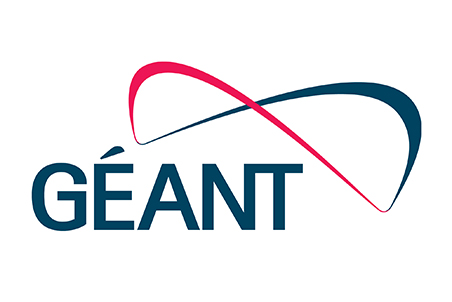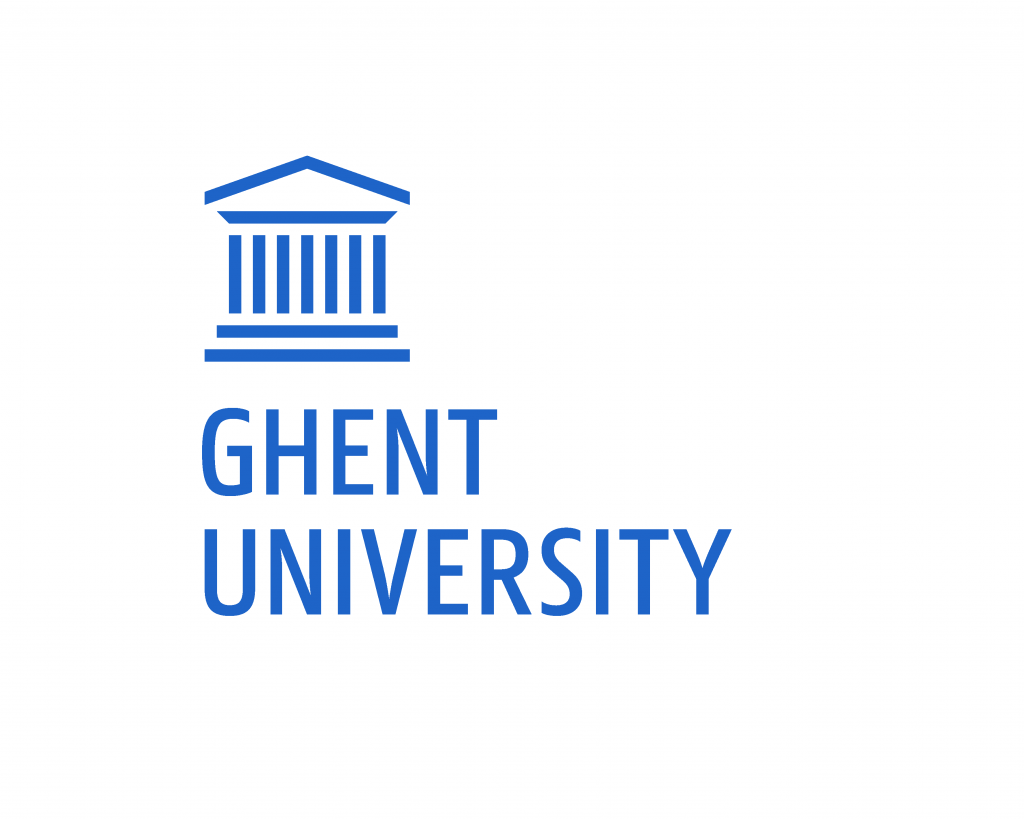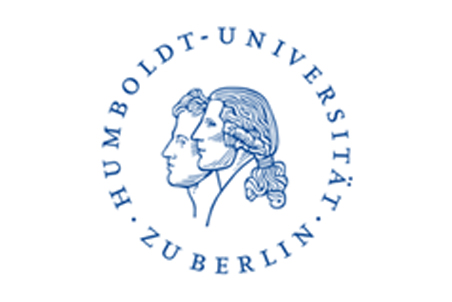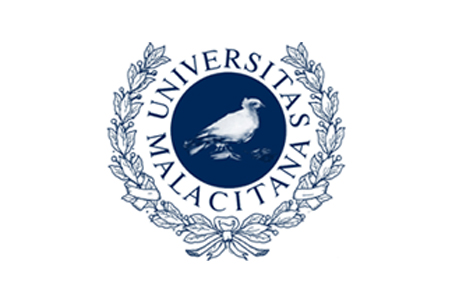
EDSSI
Learn about us
What is EDSSI?
EDSSI stands for European Digital Student Service Infrastructure.
The infrastructure – currently under development – will allow European higher education
institutions and student service providers to exchange Erasmus+ student data in a reliable
way and enable secure access to student mobility electronic services and tools.
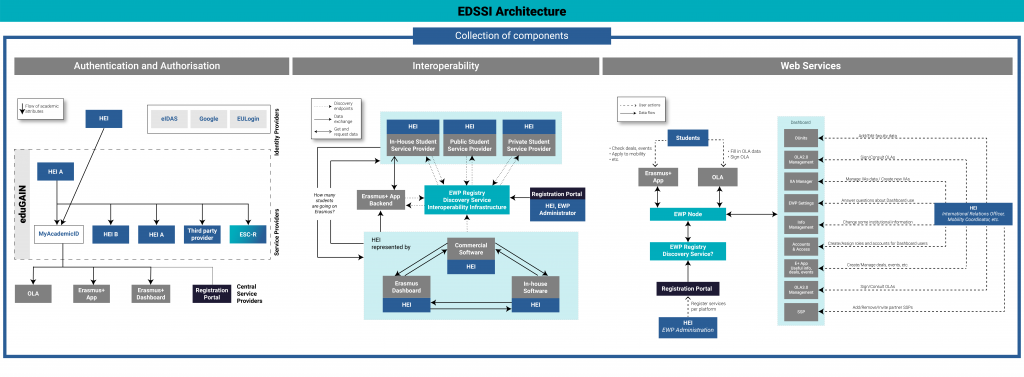
The EDSSI project took the first steps in harmonising the Erasmus+ digitalisation infrastructure. The project started building bridges between the various tools for Erasmus+ mobility administration developed by different teams and projects, at different times often as the result of the pro-bono work of a few enthusiastic IROs and developers of a few universities in Europe.
The project is funded by the CEF Telecom budget and aims to align the elements of the Erasmus+ digital service infrastructure and make it accessible for students with their own university credentials (including EU student eCard, or any other type of student ID) as well as with their national eID.
The graph above intends to visualise the current state of the so-called EDSSI architecture that will be further developed, complemented and fine-tuned by several projects in the future. The aim of creating this architecture is to illustrate the core elements of the European Student Card Initiative infrastructure that oversees the EDSSI project.
Currently, the overall architecture consists of three main components.
The first component is authentication and authorisation: Authentication and authorisation are one of the main pillars of Erasmus+ digitalisation. Living in a world where online security and authentication are becoming important aspects of our life, it is essential that access to the various tools that handle, manage or forward students data is safe and secure.
MyAcademicID and eduGAIN ensure reliable authentication and identification services for the various Erasmus+ online tools.
MyAcademicID and eduGAIN enables the Erasmus+ services to authenticate and identify users (students, and later of staff members) reliably and effectively. In addition, the system allows students to use their national eIDs through eIDAS to access tools, such as the Erasmus+ App or the OLA. EDSSI has contributed to the dissemination of the European Student Identifier (ESI) and its adaptation for ECHE holder HEIs. By the end of the project, the authentication of HEI staff members will also be made possible. This will contribute the necessary means for the secure operation of the infrastructure for all users.
The second component is interoperability: The interoperability network ensures that all information related to Erasmus+ study mobility management can be retrieved with the assistance of the network. Currently, the network brings together Higher Education Institutions that would like to share data that is relevant for Erasmus+ mobility administration. As one of the main outcomes of the EDSSI project, all APIs are updated according to the latest updates of the Erasmus+ programme and validated by all users (including in-house systems and commercial providers) of the Network. The other crucial innovation of the project is the Registration Portal, meant to provide a single point of entry of HEIs to the infrastructure.
Moreover, a Student Service Provider (SSP) module is integrated in the WebService Platform thus allowing various SSPs to share data with HEIs registered in the Dashboard.
Consequently, these institutions will be able to pass this crucial information on to their students with the help of various tools, such as the Erasmus+ App. These services will incorporate and link student eCard providers to the Network.
The third component of the architecture is a WebService: It aims to support HEIs lacking budget or infrastructure for in-house or commercial mobility management software to manage the administration of Erasmus+ students mobility online. Another crucial innovation of the EDSSI project is that this service does not only align with all the new APIs of the Interoperability network but showcases a reference implementation on how student service providers can inject their data into the Infrastructure making it available to students or university staff. This innovative element is fundamental for the future of Erasmus+ program, as the need for student services (such as proper and safe accommodation options, insurance or psychological counselling) – that makes the Erasmus+ mobility more complete, meaningful and stress free for students – is increasing.
This element will make Erasmus+ even greater than it is today and will crown this programme that contributed to a peaceful Europe for the past 35 years.




